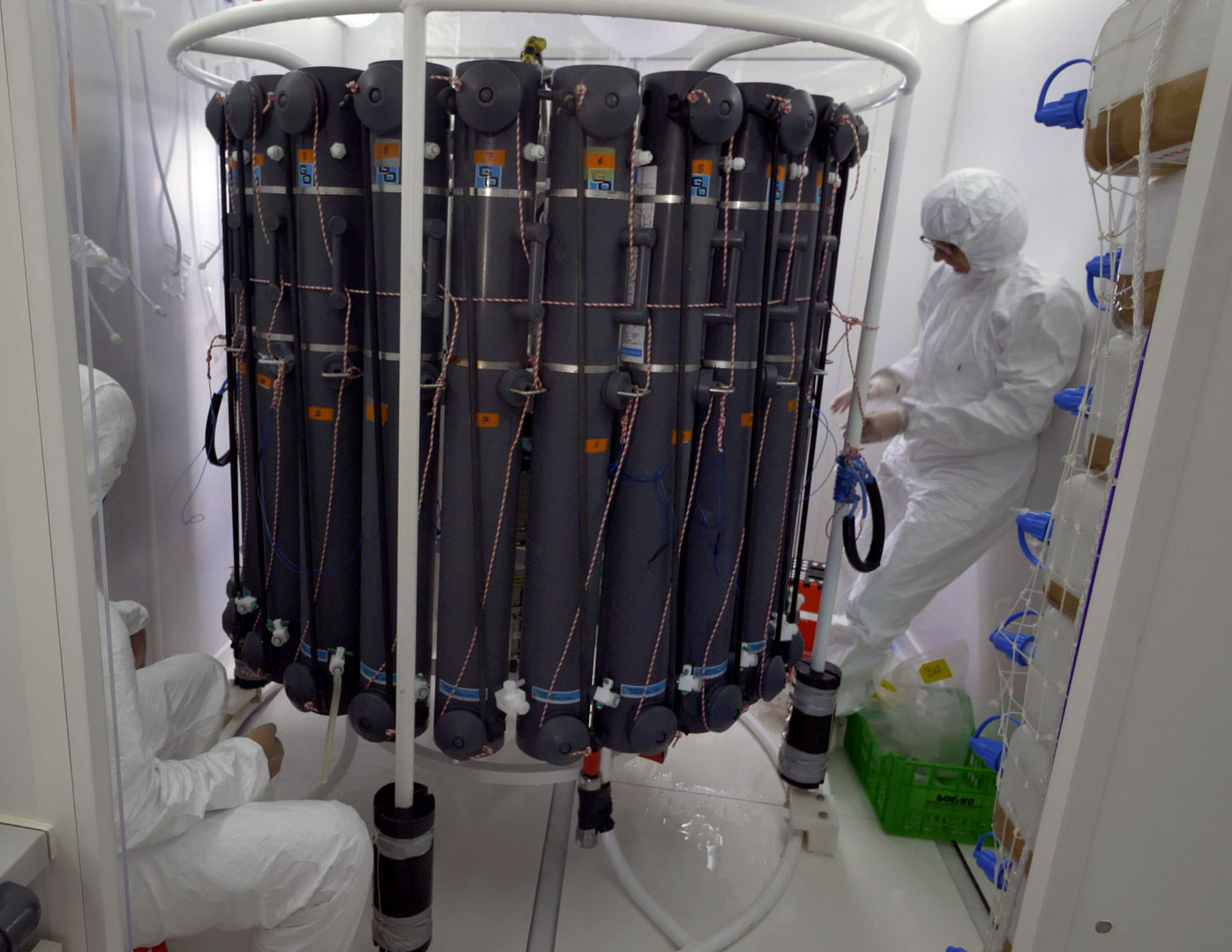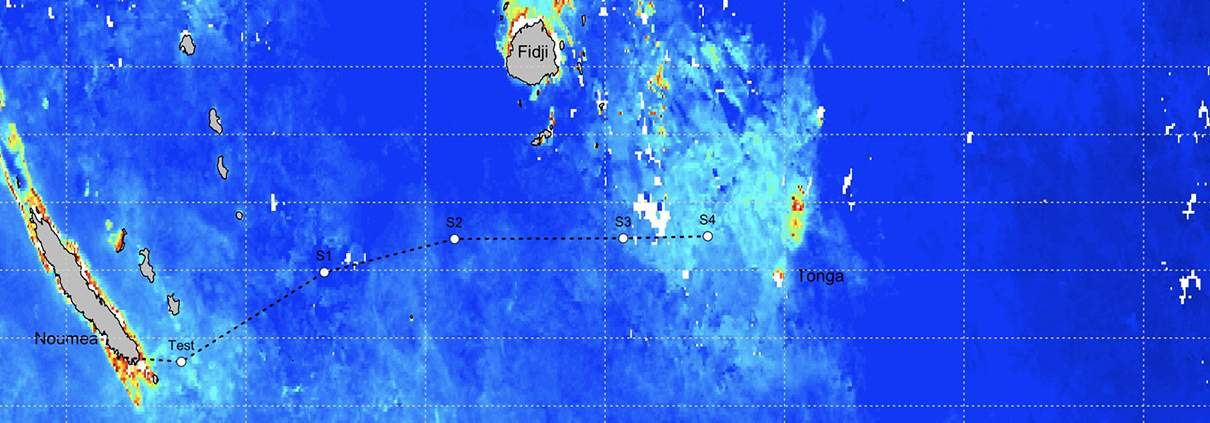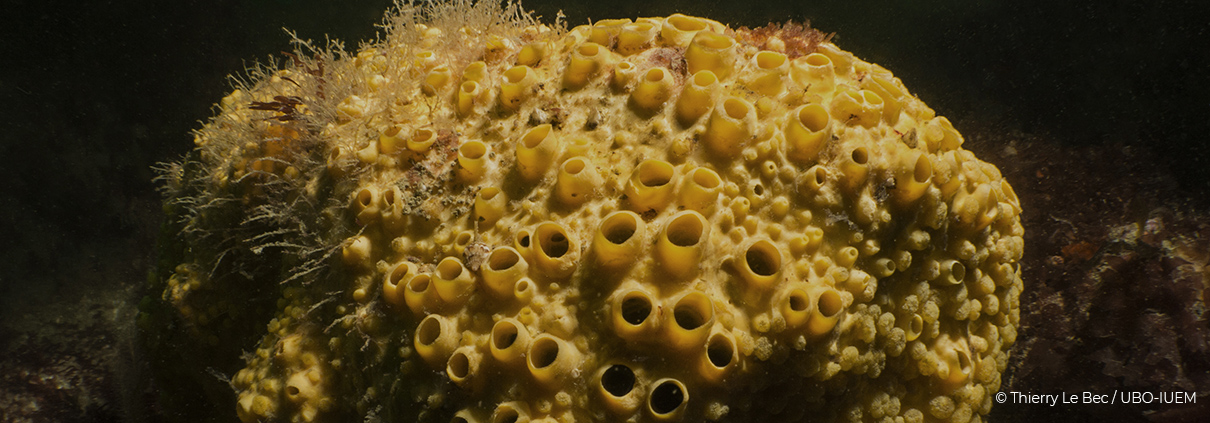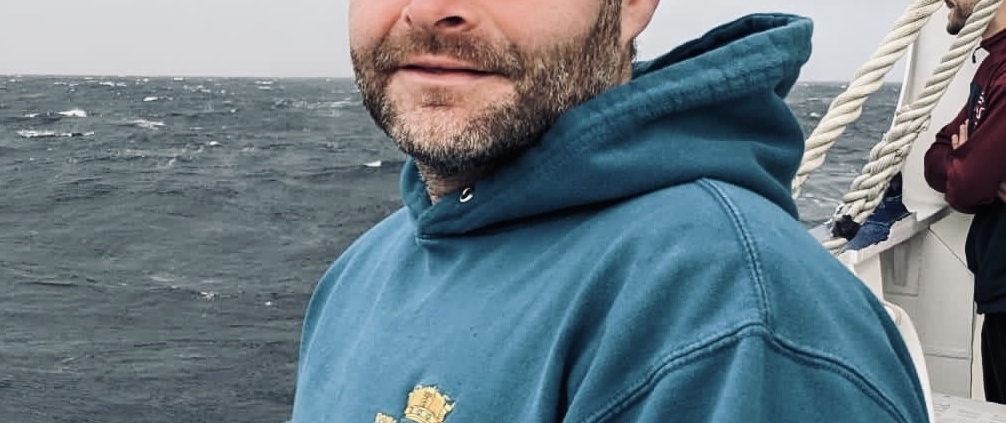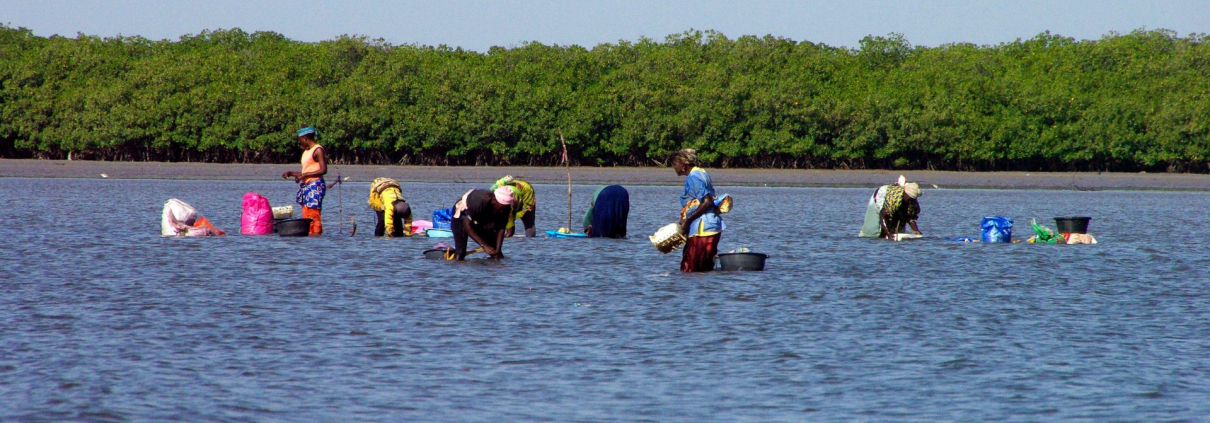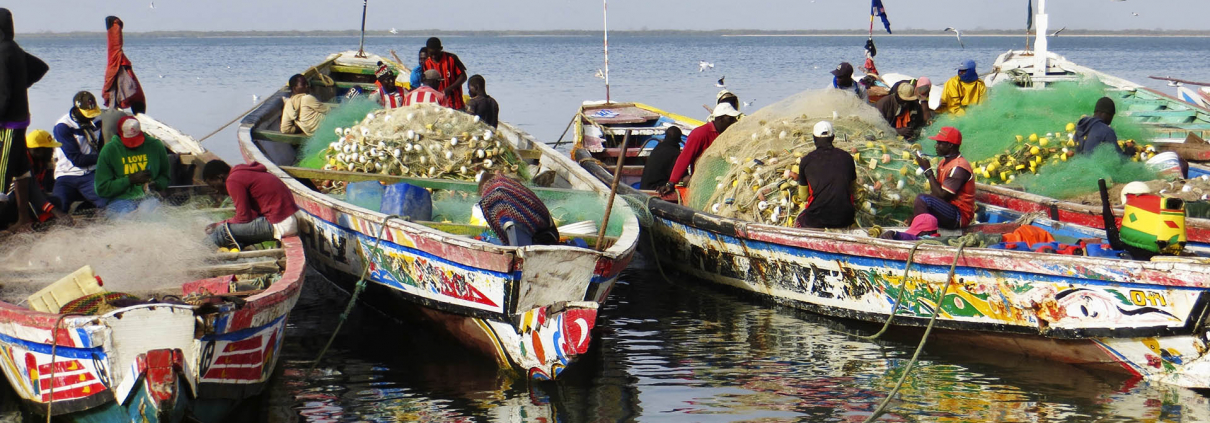You are here: Home1 / biogeochemistry
Tag Archive for: biogeochemistry
https://www-iuem.univ-brest.fr/lemar/wp-content/uploads/2019/11/mission-tonga-main.jpg
423
1210
sherve@univ-brest.fr
https://www-iuem.univ-brest.fr/lemar/wp-content/uploads/2018/10/logo-lemar-big.png
sherve@univ-brest.fr2019-11-18 16:54:012020-02-25 10:08:51The TONGA mission
https://www-iuem.univ-brest.fr/lemar/wp-content/uploads/2019/08/ADM-eponges-3.jpg
423
1210
sherve@univ-brest.fr
https://www-iuem.univ-brest.fr/lemar/wp-content/uploads/2018/10/logo-lemar-big.png
sherve@univ-brest.fr2019-08-30 14:41:272019-09-12 14:27:09Sponge skeletons as an important sink of silicon in the global oceans
https://www-iuem.univ-brest.fr/lemar/wp-content/uploads/2018/10/generic-conference.png
560
1500
titodemora
https://www-iuem.univ-brest.fr/lemar/wp-content/uploads/2018/10/logo-lemar-big.png
titodemora2019-04-16 19:26:272019-04-29 12:23:25Daniel Conley’s seminar (Lund University, Sweden) on April 29Tag Archive for: biogeochemistry
https://www-iuem.univ-brest.fr/lemar/wp-content/uploads/2024/02/OMVLE0120-Copie.jpg
1134
1006
sherve@univ-brest.fr
https://www-iuem.univ-brest.fr/lemar/wp-content/uploads/2018/10/logo-lemar-big.png
sherve@univ-brest.fr2022-04-26 13:57:042022-04-26 14:23:05Frédéric LE MOIGNE
https://www-iuem.univ-brest.fr/lemar/wp-content/uploads/2018/11/cassar.jpg
3500
2333
sherve@univ-brest.fr
https://www-iuem.univ-brest.fr/lemar/wp-content/uploads/2018/10/logo-lemar-big.png
sherve@univ-brest.fr2018-11-02 23:24:032022-04-06 16:41:47Nicolas CASSARTag Archive for: biogeochemistry
https://www-iuem.univ-brest.fr/lemar/wp-content/uploads/2019/03/VERTIS_pic.jpeg
1080
1920
sconnan@univ-brest.fr
https://www-iuem.univ-brest.fr/lemar/wp-content/uploads/2018/10/logo-lemar-big.png
sconnan@univ-brest.fr2019-03-14 15:41:002022-04-06 11:49:18VERTIS
https://www-iuem.univ-brest.fr/lemar/wp-content/uploads/2018/10/solab-main.jpg
1080
1920
sherve@univ-brest.fr
https://www-iuem.univ-brest.fr/lemar/wp-content/uploads/2018/10/logo-lemar-big.png
sherve@univ-brest.fr2018-10-10 16:07:452022-04-06 13:18:01SOLAB
Scroll to top
